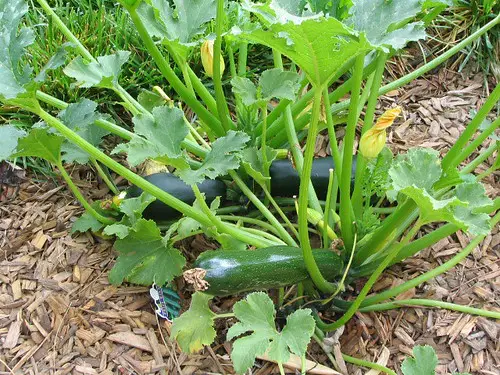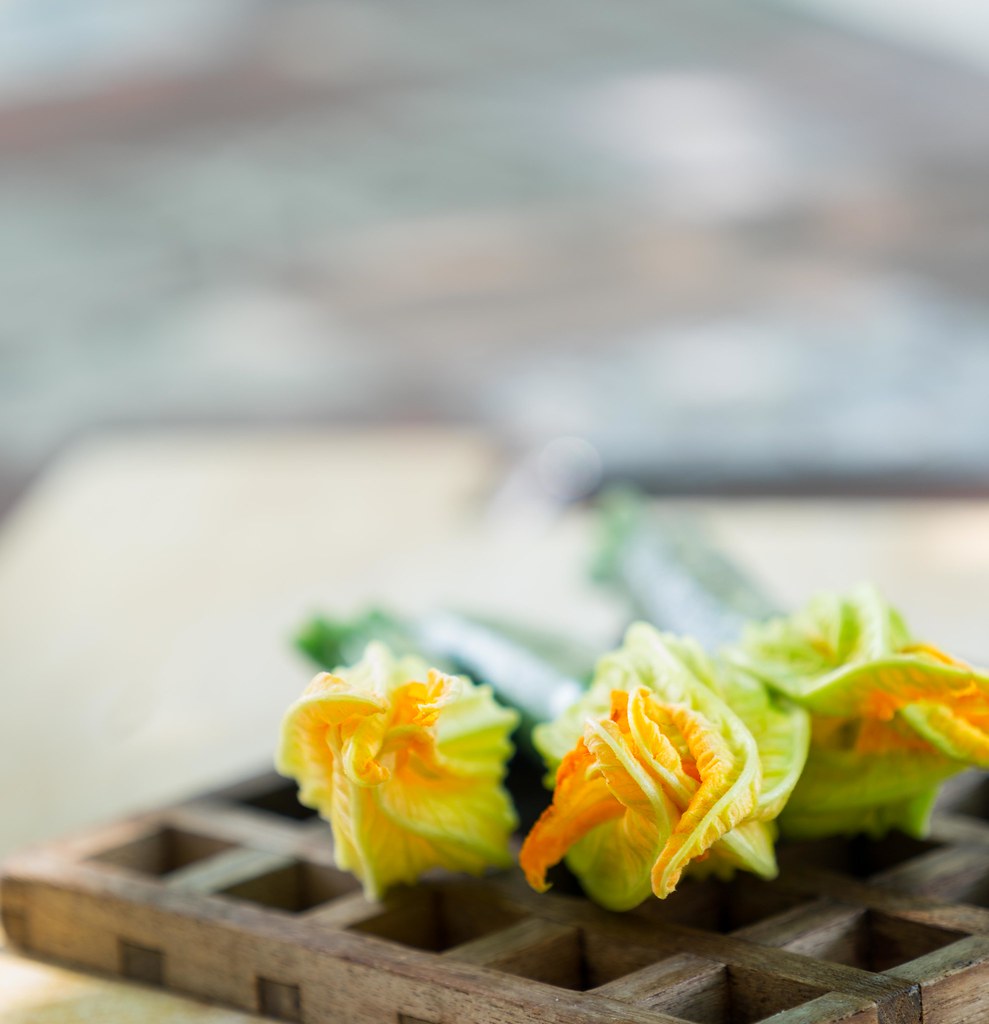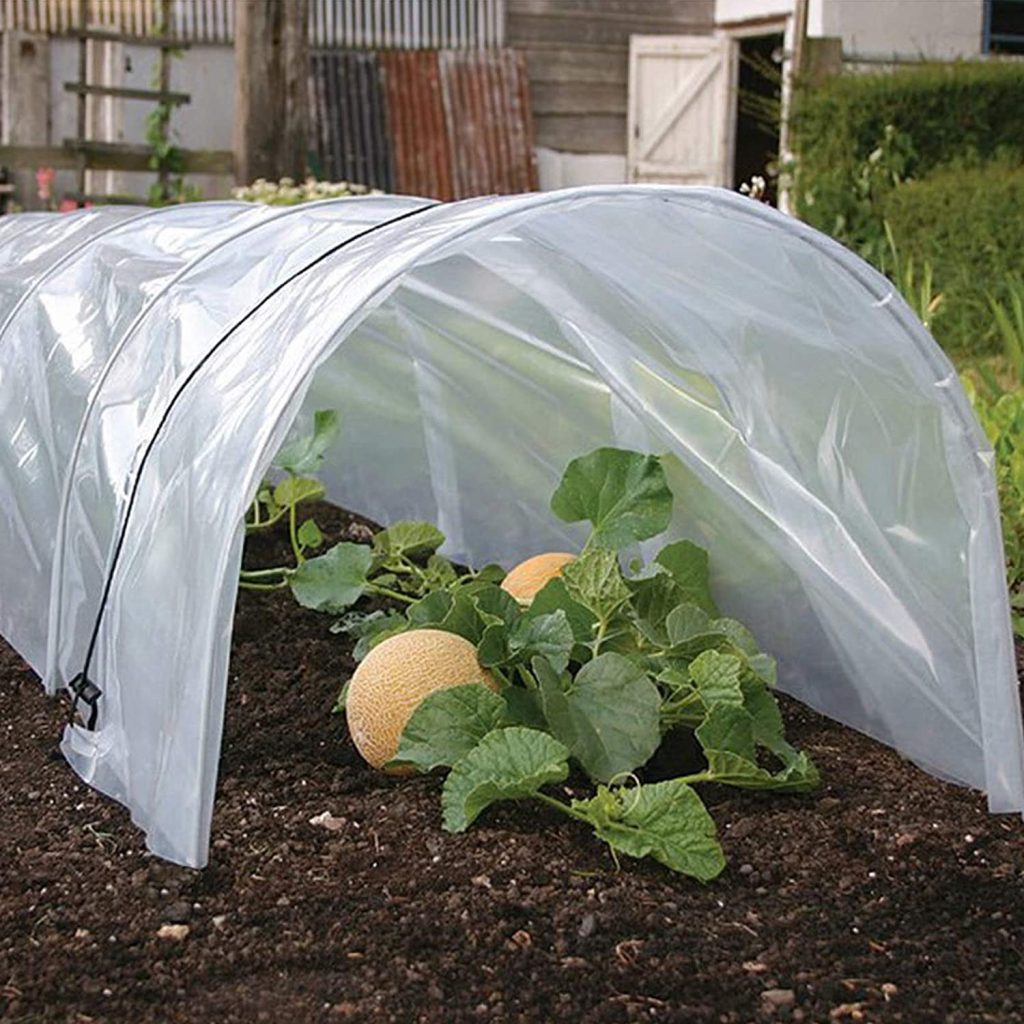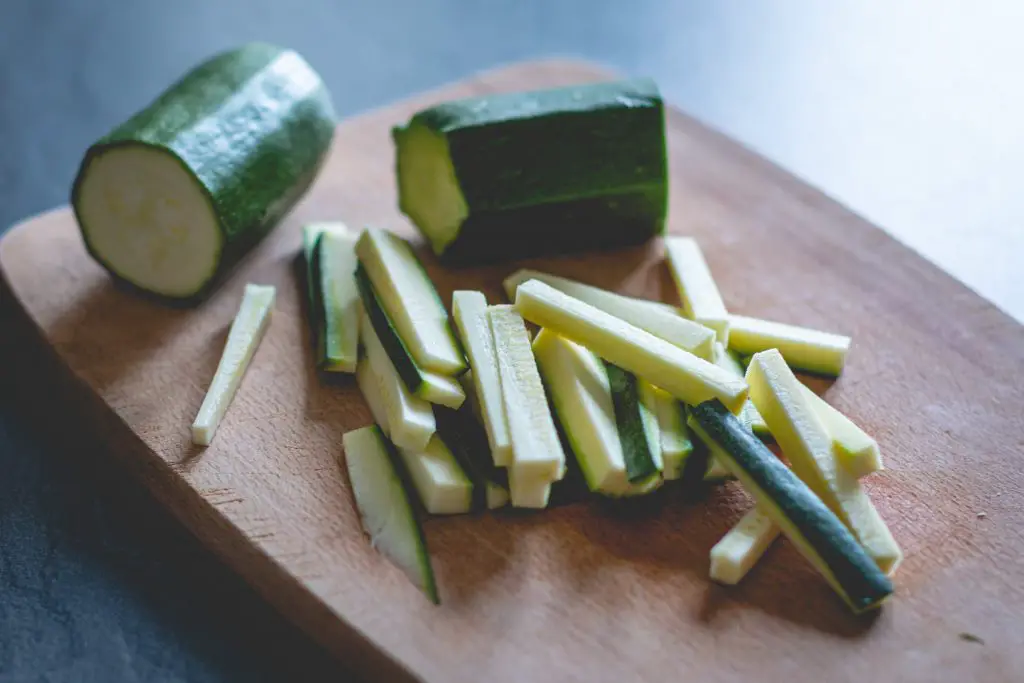Do Zucchini Seeds Need Light To Germinate? Zucchini plants are one of the easiest vegetables to grow at home in your garden and they will produce massive fruit. However, one of the most common questions that is often asked is do zucchini seeds need light to germinate?
Zucchini seeds do not need light to germinate and they will germinate if the seeds are buried or they are initially grown in a dark location. However, the seeds only contain enough energy to get the seedling going, after that stage the seedling needs to be exposed to light to allow photosynthesis to occur.
Zucchini seeds are relatively large and generally will be planted at a depth of approximately an inch in the soil. They are relatively fast seeds to germinate provided the temperatures are warm enough, ideally, you need 59 to 68°F (15 to 20°C) which will result in the seedling appearing after approximately a week.
The size of the seedling produced by a zucchini plant is relatively large compared to other vegetables such as tomatoes and peppers and it can therefore be planted out into the garden usually within 4 weeks provided that the conditions are warm enough.

How To Grow Zucchini Plants
As mentioned above zucchini plants are relatively easy to grow and they will produce really high volumes of fruit which means that generally you only need 3 or 4 plants for your average family or you will end up with excessive amounts of zucchinis by the end of the season.
As such we generally recommend that you only plant 10 to 12 seeds with the aim of producing approximately 3 or 4 plants from the seedlings. Most gardeners that grow zucchini plants start planting seeds in early spring, however, in many locations, the weather is still relatively cool at that time of year so it is common to plant the seeds into a seed tray that is kept inside rather than directly into the garden.
However, if you live in a region that has relatively cold winters you may consider purchasing a heated seed tray to ensure that there is sufficient heat to get the seeds going in the early part of the season. The main advantage of a heated seed tray is that provides a much more consistent temperature for the seedlings to grow in.
To start the seedlings off start by filling a seed tray with a good quality seed raising mix. When filling the seed tray ensure that you firm the mix down into each individual cell to form solid plugs as this will make it much easier to transplant the seedlings later on and minimixe the level of root disturbance.

In each cell place two zucchini seeds at a depth of approximately an inch on their side to reduce the chances of the seeds rotting before they can germinate. The reason two seedlings are planted is to ensure that there is at least one seed per cell that germinates. If you have both seedlings germinate then it is advisable to remove the weaker seedlings.
As mentioned above, if the temperatures are reasonably warm in the seed tray you can expect to see seedlings appearing after approximately 1 week and they will generally be a couple of inches tall within a week or two after that. Due to the relative size, they are often a plant that can be planted out after only 4 weeks or so however some gardeners leave it a little bit longer than that.
Planting Seedlings Out Into The Garden
For the seedlings to be successfully planted out into the garden the temperature needs to be around 59 to 68°F (15 to 20°C) before they go into the garden. However, you can plant a little earlier if you protect the plants with a cloche or a row cover which will keep them a little bit warmer.
Cloches can be made at home relatively easily using an old milk carton with the base cut out and the lid removed. However, the limitation of using a cloche is the size which will limit how long the cloche can be used.
If you live in a region where the weather is somewhat inconsistent for an extended period of time during the growing season it may be worth investing in row covers which are relatively tall as this will allow you to protect the plants for a longer period of time helping you to accelerate the harvest. If you are considering purchasing one click on the link below to visit Amazon to see the latest price.

Extend Your Season With Growsun Row Covers
When planting the seedlings it is important to select a relatively warm sunny location that gets at least 6 to 8 hours of sun per day. The location should also ideally have rich moist and free-draining soil that is slightly acidic and contains plenty of nutrients. If you have doubts about the quality of your soil add a bag of compost prior to planting.
In terms of spacing zucchini plants are relatively large and do need a spacing of 2 ft to allow plenty of room for the plant to expand. As the plant is highly susceptible to attack from slugs and snails it is important to put snail bait down early on in the season to ensure that they are not eaten. Additionally, it is advisable to apply a thick layer of mulch before watering the plants in well.
Once the plants become established the main job is to just keep them well watered to ensure that they grow relatively rapidly. Generally, what you will find is at the plants take a little while to get going but once they do you will end up having huge volumes of zucchinis in the latter part of the season.

Harvesting Zucchini Plants
Zucchini plants as mentioned above are slow to get going but once they do start to produce zucchinis the pace is rapid and when the weather really warms up zucchinis can go from being only a few inches long to a foot long in a matter of a week or two. So once the plants begin to crop you need to be visiting them regularly to harvest the zucchinis.
However, it is common to get to the point where the zucchini plants are producing so much that there is a glut and you will end up with huge marrows down around the plants which are ideal for collecting seeds for the following year provided that you are growing am open-pollinated variety.
When you reach the point at which you have a glut of zucchinis you can use them to make things like pickles, zucchini fritters, or even just grate them and freeze them for use in things like bolognese sauces. However, despite all of these ways of using up zucchini I can almost guarantee that you’ll have more than you can possibly use or even giveaway so make sure you only plant 3 or 4 for plants in your garden.
I hope you found this article useful and have great success growing zucchinis at home, if you have any additional comments or questions please leave them in the section below.
Relevant Articles
Do You Need Two Zucchini Plants To Get Fruit?
How Much Does One Zucchini Plant Yield?
10 Ways To Make Your Vegetable Garden Look Beautiful
